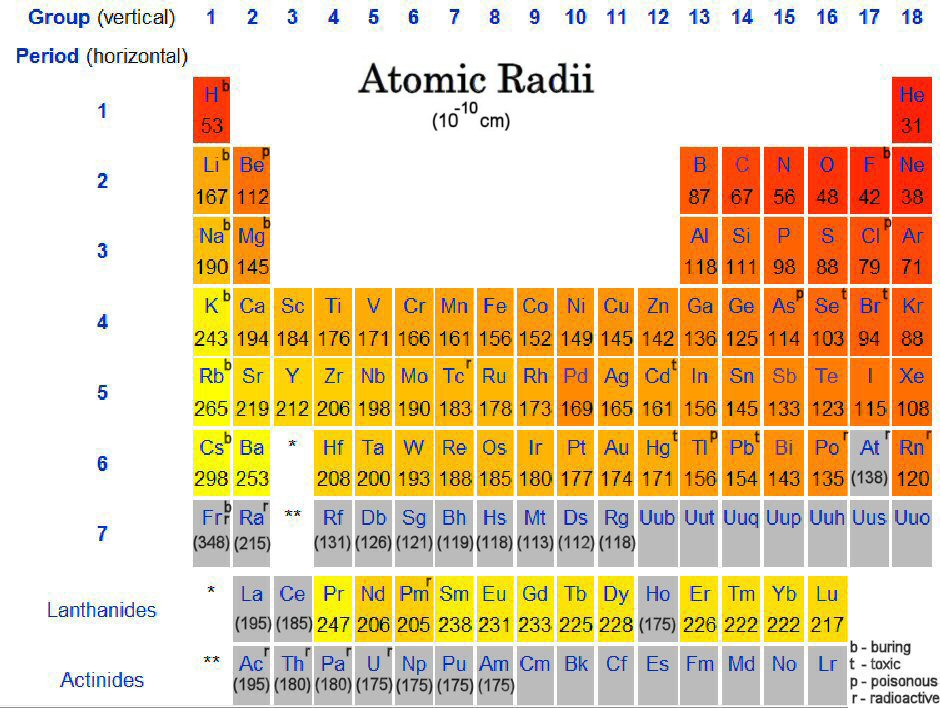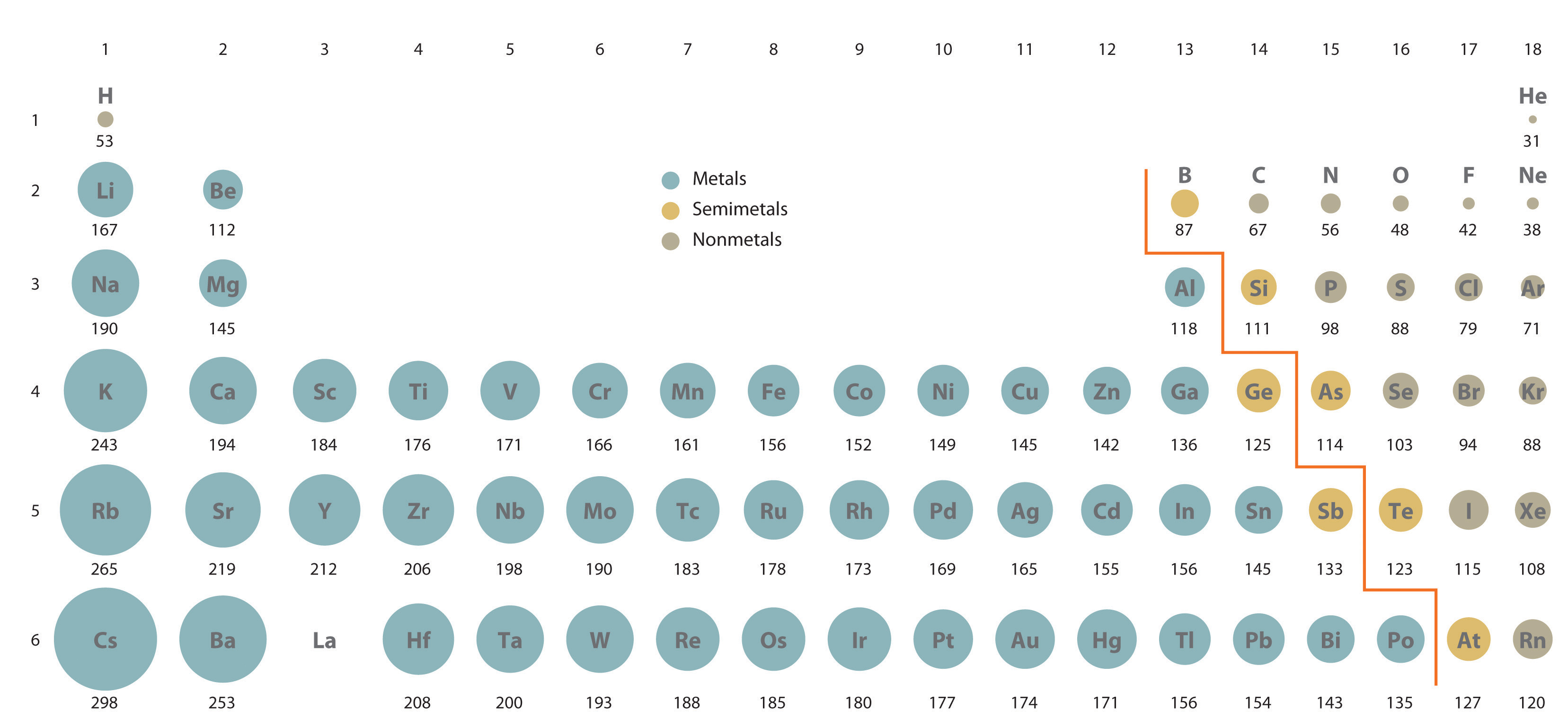

(a) Explain why element L appears in two different groups in the grid above Study it and answer the questions that follow: The letters do not represent the actual symbols of the elements. The grid below represents part of the periodic table. The grid below represents part of the periodic table.(vi) Give the formula of the compound formed between R and Z (v) Which of the element in the table does not have the ability to form an ionic or covalent (II) Atomic radius of Q is greater than that of S (I) Ionic radius of Q is larger than that of M (iii) What name is given to the family of elements to which elements X and T belong? (ii) Which of the metal is most reactive? Explain (a) (i) Identify the element that gains electrons most readily Study it and answer the questions that follow: (Solved) (vi) Compare the atomic radii of T and Q. (v) Explain why element N doesn’t form compounds with other elements.

(iv) Name the type of bond and structure formed when elements R and K react. (iii) Write the formula of the compound formed when W reacts with S. (ii) Name the family to which elements T and Q belongs. Use the information to answer the questions that follow. The elements are not represented by their actual symbols. The grid below is part of the periodic table. Use the information to answer the questions. The grid below is part of the periodic table.(Solved)ī) Write the formula of the oxide of the element W Answers (1)Ī) Write the electronic configuration of the most stable ion of Wī) Write the formula of the oxide. Identify the particles that facilitate the electric conductivity of the following substancesĭate posted: October 15, 2019. Identify the particles that facilitate the electric conductivity of the following substances.


 0 kommentar(er)
0 kommentar(er)
